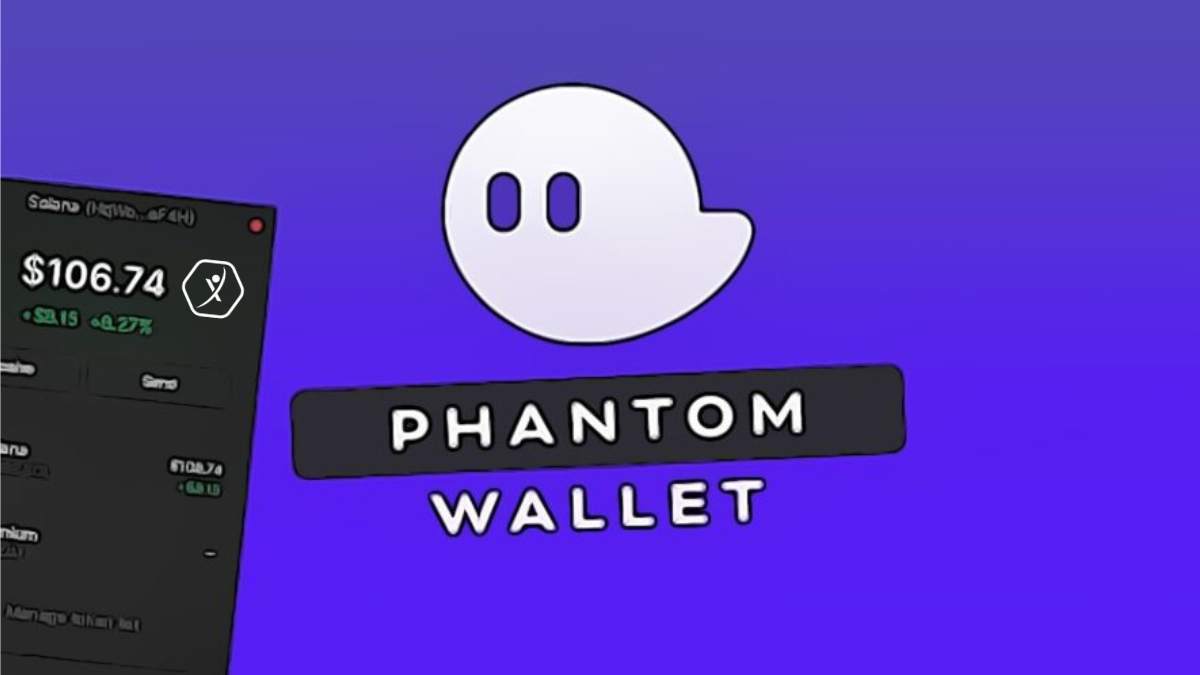Something caught my eye the other day while poking around the Solana ecosystem—there’s this subtle but serious shift happening with decentralized apps. Really? Yeah, it’s like the whole DeFi world is quietly getting a turbo boost, and Jupiter integration is playing a pivotal role. At first glance, you might think it’s just another update or a marketing push, but nah, it’s way more layered than that. It’s almost like the ecosystem’s evolving in ways that make your average wallet feel kind of… obsolete. Hmm…
Okay, so check this out—Solflare wallet users, especially those who’ve been hunting for a reliable and user-friendly alternative domain, might wanna sit up for a sec. I stumbled upon https://solflare-wallet.net/, which isn’t just a backup URL but feels like a subtle gateway to smoother Web3 experiences. My instinct said, “Hey, this could be the kind of seamless entry point that bridges the gap between casual users and hardcore DeFi fans.” At first, I was skeptical. Wallet domains? Really? But then I realized it’s about trust and ease of access—two things often overlooked but very very important in crypto.
Now, Web3 dApps themselves aren’t new. We’ve all seen the hype and the pitfalls—but when you combine them with robust DeFi integration and something like Jupiter’s liquidity aggregation, things get spicy. Jupiter isn’t just some random aggregator; it’s the best route finder for Solana tokens, stitching together liquidity across multiple DEXes. So yeah, that means better rates, less slippage, and honestly, a smoother ride for the end user. On one hand, this sounds like tech jargon, but on the other hand, if you’re someone who’s traded on Solana, you know how frustrating fragmented liquidity can be. It’s like searching for a decent taco truck in a city full of chains—somewhere, the real flavor’s getting lost. Jupiter helps you skip the chains and find that authentic bite.
Here’s the thing. Initially, I thought DeFi on Solana was lagging a bit behind Ethereum’s ecosystem, mostly because of network effects and developer mindshare. But actually, wait—let me rephrase that. Solana’s blazing fast speeds and ultra-low fees suddenly become a huge advantage when you combine them with tools like Jupiter and wallets optimized for this experience (like Solflare accessible via https://solflare-wallet.net/). The synergy here means you’re not just trading tokens; you’re stepping into a fluid DeFi environment that feels more like a finely tuned machine than a clunky experiment.
But, I gotta be honest—this part bugs me. The UX for a lot of dApps still isn’t quite there, especially for newcomers. I mean, if you’re not deep into crypto, navigating these interfaces can be intimidating. It’s like being handed the keys to a Ferrari but also being told, “Oh, by the way, you gotta figure out how to change the tires while driving.” That’s why having a wallet domain that’s trustworthy, easy to remember, and reliable like https://solflare-wallet.net/ makes a tangible difference. It lowers the barrier to entry without dumbing down the experience.

Jupiter Integration: The Unsung Hero of Solana DeFi
Seriously, Jupiter integration is like the unsung hero here. Imagine you wanna swap SOL to USDC. Without Jupiter, you might face fragmented liquidity or suffer from price slippage. With Jupiter, your trade automatically routes through the most efficient paths across Solana’s DEXes. This sounds simple, but the tech behind it is pretty complex, combining real-time price feeds and order books. Something felt off about how little attention this gets outside developer circles, because from a user perspective, it’s a huge upgrade.
Initially, I thought wallets like Solflare were just bridges to access dApps, but they’re evolving into command centers for users to interact with DeFi seamlessly. The interplay between a wallet’s UI/UX and integrations like Jupiter means less manual juggling and more confidence in executing trades. For me, that’s a big deal because it reduces the “fear factor” many feel when diving into DeFi for the first time.
On the flip side, there are still challenges. DeFi is inherently risky, and while speed and liquidity are great, smart contract vulnerabilities and rug pulls remain real threats. Though actually, if you think about it, the better the infrastructure—like Jupiter’s routing and reliable wallet domains—the easier it is to build trust and mitigate user errors. It’s not a silver bullet, but it’s a step in the right direction.
Oh, and by the way, if you’re exploring this space and wanna avoid phishing or domain confusion, sticking to verified domains like https://solflare-wallet.net/ is a no-brainer. It’s a small detail that’s very very important, especially as scams get sneakier. I’m biased, but I’d rather bookmark a solid, official wallet URL than risk clicking some shady link in a Telegram group. You feel me?
DeFi Integration and User Experience: A Balancing Act
Let me share a quick story. I was helping a friend get into Solana DeFi recently. He’s tech-savvy but new to crypto and found most dApps confusing. We switched over to using a wallet connected through https://solflare-wallet.net/ and leveraging Jupiter swaps. Instantly, the experience felt less like a maze and more like a guided tour. That moment reminded me that tech alone isn’t enough; UX matters just as much.
We tend to focus on headline features—speed, low fees, liquidity—but forget the human side. DeFi needs to feel accessible, trustworthy, and even enjoyable. That’s why I’m intrigued by how wallet providers are doubling down on integrations, domains, and interfaces. Some folks might say it’s just marketing, but I’m pretty sure it’s also about survival in a competitive space.
Here’s a thought: as Web3 dApps mature, wallets like Solflare (via https://solflare-wallet.net/) might become the real hubs of DeFi activity—not just tools but platforms that curate the best routes, pools, and protocols. This could flip the user journey from chaotic to curated, which is something I’m really rooting for.
Still, there’s a lingering question—how do we ensure these innovations don’t widen the gap between crypto veterans and newcomers? On one hand, integrations like Jupiter simplify complex processes, but on the other hand, the underlying protocols remain complex and sometimes opaque. Maybe the answer lies in education, but also—frankly—in better design and domain trustworthiness.
To wrap this up (well, kinda), I’m cautiously optimistic. The blend of Web3 dApps, DeFi integration, and smart tools like Jupiter, when accessed through reliable entry points like https://solflare-wallet.net/, paints a promising picture. It’s not perfect, and there are bumps ahead, but the trajectory is clear: more fluid, efficient, and user-friendly Solana DeFi experiences. And hey, that’s something worth keeping an eye on.




